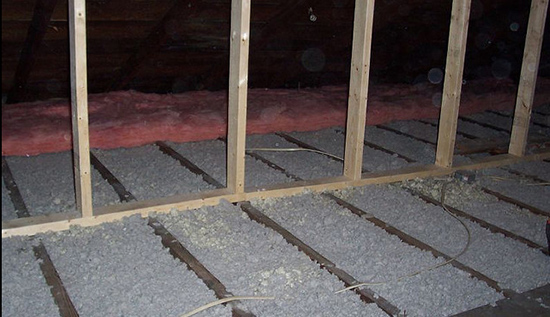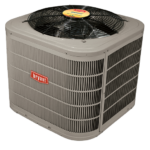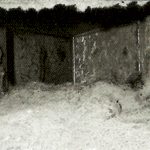How Much Attic Insulation is Recommended?
A frosty home is a welcome refuge from Phoenix’s summer heat, but as the sun climbs in the sky, home air conditioning systems may struggle to keep pace. It’s not always the air conditioner’s fault, though. Even well maintained, perfectly sized units can cool with all their might without making much of a dent in the heat if your home isn’t properly sealed and insulated. If your home is too warm and your air conditioner is running excessively, it may be time to look into beefing up your attic’s insulation.
How Much Attic Insulation is Recommended?
When it comes to insulation, it’s hard to have too much — but you can put in so much that it’s no longer cost-effective to keep adding more. A couple of guidelines can let you know when it’s a good idea to add more:
- Is your insulation dirty, wet or damaged? If it is, you’re better off stripping it all out and installing new. Otherwise, your insulation won’t work efficiently and may harbor pests and unpleasant odors. Wet insulation should be closely evaluated for signs of mold, and any source of water needs to be sealed before new insulation is installed.
- Is your insulation shallow enough that you can see any part of the attic floor joists? When you can see the joists, you definitely need more insulation. Most homes will keep fairly cool with just six to eight inches of insulation, but over time insulation settles, so having a little extra doesn’t hurt. (Twelve inches is often plenty.)
When one or more of these situations is true, you’re going to need more insulation. Exactly how much depends on where you live, but if you’re in the desert or in a really cold place, adding the equivalent of an R30 on top of existing insulation is a good idea. Installing insulation with a rating up to R60 is recommended if you’re starting from scratch after removing damaged or soiled insulation.
The Best Type of Insulation for Your Attic
There are several types of insulation available for the do-it-yourselfer, but batt and loose fill insulation are by far the most common. They both do basically the same job, but depending on your attic space, one type may be more easily installed than the other.
Batt insulation, also known as rolled insulation, is excellent for homes with regularly spaced joists set at a standard width. It’s available in several sizes and R-values, and you can roll new insulation over old to make installation simple.
Loose fill insulation, also known as blown-in insulation, is better suited for attics with irregular framing or lots of obstacles like chimneys, posts or flues. Blowing in insulation makes it easier to get good coverage in tight spots, ensuring that less warm air infiltrates your home from the attic.
Before you unroll your first new batt or blow in your first bag of loose fill insulation, go around your attic and carefully seal any cracks you see. Check your vents to ensure they’re functioning properly — after all, you can’t get rid of all the hot air that builds up in your attic if there’s nowhere for it to go. Once you’ve checked twice to make sure that you didn’t miss a crack or vent, you’re ready to insulate.
If you are looking to really beef up your insulation, you can have foam insulation installed on top of and around your current insulation. Foam insulation can create a better air seal on your home, keeping more of the cool air in your home during the summer and the heat in during the winter.
A Note About Radiant Barriers
If you are living in an extremely hot, sunny climate you may also want to consider adding a radiant barrier when you’re increasing your home’s insulation. Radiant barriers can be installed on the inside of your roof rafters or horizontally across the new insulation. Horizontal installations are problematic, though, because dust and debris can build up, making the radiant barrier less effective.
Because as much as 60 percent of the heat coming into your home enters through the roof, a radiant barrier helps keep your attic cooler, even on the hottest days. Combined with proper venting and tight seals, radiant barriers are another tool to help your air conditioner doing its job more effectively, and for a lot less money each month.
Many air conditioning companies offer home performance audits. Contact Precision Air and Plumbing to have your home performance inspected.











